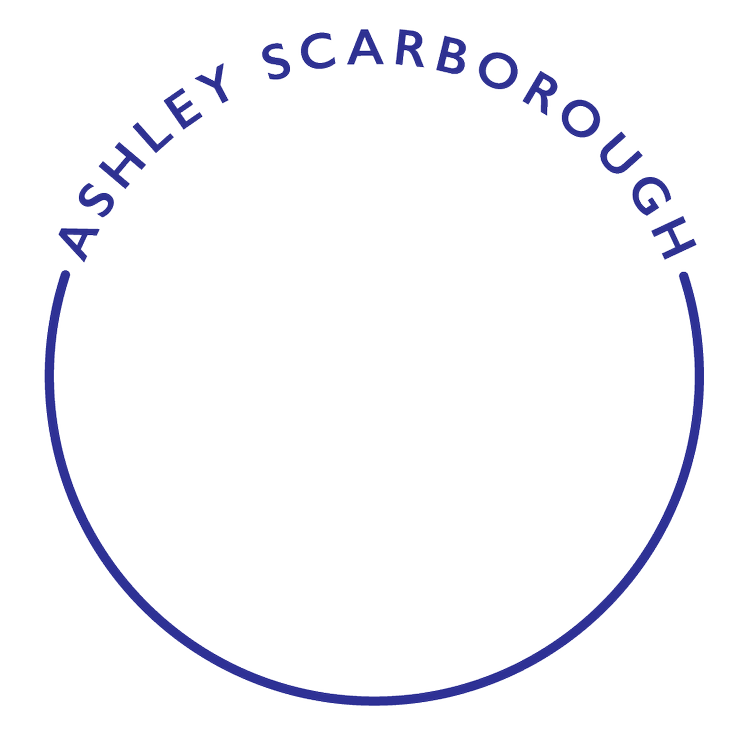I combine both design and systems thinking in a unique process of I call system change design. Design is the process of bringing something new into the world that solves problems intelligently, and systems thinking is the way of making sense of the interrelated, connected parts that form the dynamic systems by which the world is structured. Design and systems thinking are mindsets with which I view the world and my agency with which I can create change within it. I see them as inexplicably linked. In fact, design and systems have never been separated in my work since studying Product Design at the Royal College of Art between 2015-18.
Areas of expertise
Design Strategy
I zoom out of the nitty gritty, moving between now and the future, to map how design can be used to create desirable sustainable futures. Often through reframing missions and goals to reach more ambitious futures, which in most cases is directly focused on systems change.
Project example: Zero Waste Neukölln
Systems Mapping and strategy
I dig deep into complex systemic problems by using human centered research, systems thinking and systems frameworks, in order to find the starting points (leverage points) to build a portfolio approach to system change.
Project example: How We Eat and Industrial Fish System Map
Sense Making
I ask critical questions to make sense of complex systems, spanning across cultural, social, economic and environmental layers and translating insights into visually engaging ways to understand often invisible parts of the systems around us.
Project example: Food Waste
System Change Design: A Process
There is no defined process of creating change at a systemic level, nor is there one single way of designing something. Both are complex and uncertain. However there are processes, frameworks and ways of thinking that regularly come into my work, shown in the five steps below. I combine, adapt and bring structure to the complex nature of system change design.







